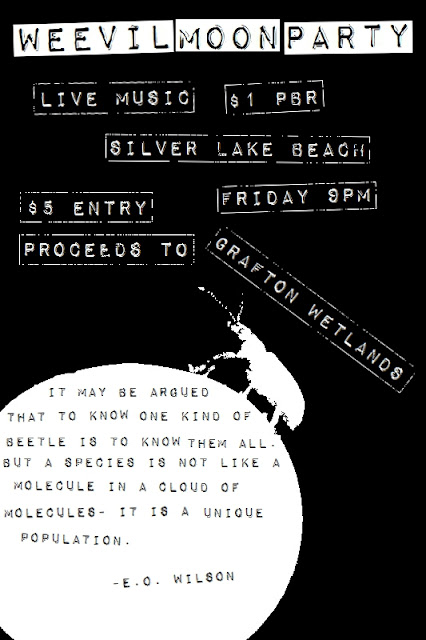 |
| Maybe someday? |
Say it with me. Phyllobius!
Phyllobius,
Phyllobius,
Phyllobius intrusus!
Phyllobius intrusus!
(From Advanced Hexes for Hogwarts 5th Years)
I was running between mom and dad's house again, which they don't like because there's no path. I just crash through a garden and then a row of defensive shrubs. Don't try this at home kids; your parents (might) kick you out! The shrubs were "Arborvitae" (Thuja occidentalis), a beautiful American evergreen. Shortly after crashing through, a crawling on my calves signaled arboreal stowaways! Eek! I reached down, let the unseen bugs crawl onto my hand and brought them to my eyes for a closer inspection - and I discovered they were fantastic mossy bronze Arborvitae Weevils (Phyllobius intrusus)! AND WEEVILS ARE SO CUTE!!!
 |
| An Arborvitae Weevil (Phyllobius intrusus) considers the day's challenges. |
Weevils, also called 'snout beetles,' are insects from the family Curculionidae, the world's most speciose animal family, with 60,000 species known worldwide! They don't sting or bite; they are herbivores, and many rely exclusively on only one species of host plant! Thus many famous crop "pests" are weevils, just trying to carry out their lives on a host plant that humans happen to be cultivating. If there are enough living on/in the host plant, the plant may wither and die, or just be too unsightly to sell to other humans. I can understand disliking them if your crop is ruined, but if you find them at home in your pasta, don't throw it away in disgust! It's extra protein! And who knows, maybe you'll get super weevil powers by consuming them!
(I wish I could have been the first to think of that pun, but the world's a big place. See a real diorama of a Weevil Knievel here; or listen to Weevil Knievel, the UK rock group!)
Since there are so many species of weevils, it's tough to work out a species-specific adventure story like I do with the other creatures I post on the blog. You must dig through mountains of old books in a musty library in some prestigious university (Harvard would be a good start) before you find the primary source account for your chosen weevil, written by acrazy person who has watched wild weevils for hours scientist. ...Which explains why after taking photos, I went back and stared at weevils for a little while, hoping to catch their story. It's peaceful to obey your curiosity and just watch. Standing tall, a weevil waves his antennae, sniffing out dilute pheromones wafting on the spring breeze. Then spreading his tarnished copper elytra apart, his wings lift him away in search of a choicer perch...
...
But there was more to the Arborvitae than the weevils.
You see, while on my knees in the rainy mud photographing the tiny beasts, I noticed many other creatures - flies, spiders, and even a slug! Until now, I'd ignored this tiny forest in my backyard; I'm a coral reef snob. But through the lens of a camera I can discover ecosystems as intricate as any coral reef's algal turf... To critters this small, a shrub is a city; a community of different species of various sizes, shapes, jobs, eating habits, and population sizes. And at least for Phyllobius intrusus on the Arborvitae, the only city it will ever know. I've decided to call it a "tree-cosystem." I encourage you all to go find out who lives in one of the treecosystems near you!
| You might become a regular Weevil Knievel! |
Since there are so many species of weevils, it's tough to work out a species-specific adventure story like I do with the other creatures I post on the blog. You must dig through mountains of old books in a musty library in some prestigious university (Harvard would be a good start) before you find the primary source account for your chosen weevil, written by a
...
But there was more to the Arborvitae than the weevils.
 |
| Citizens of the Arborvitae Treecosystem |
 |
| ...I wish. |

No comments:
Post a Comment